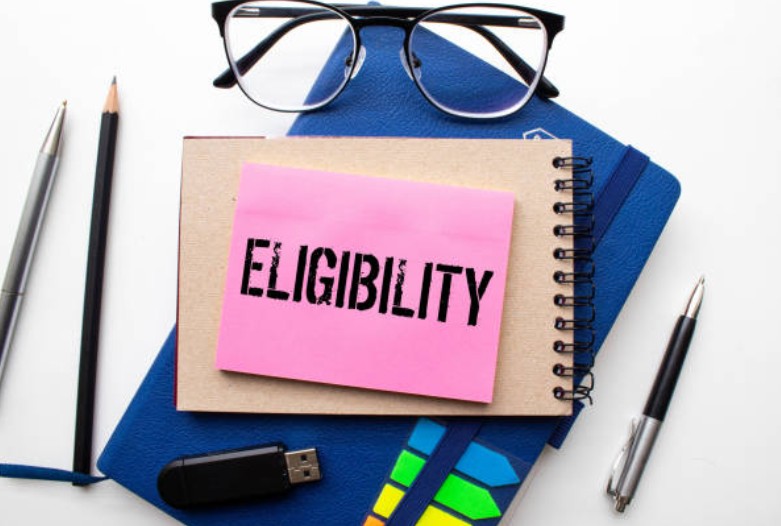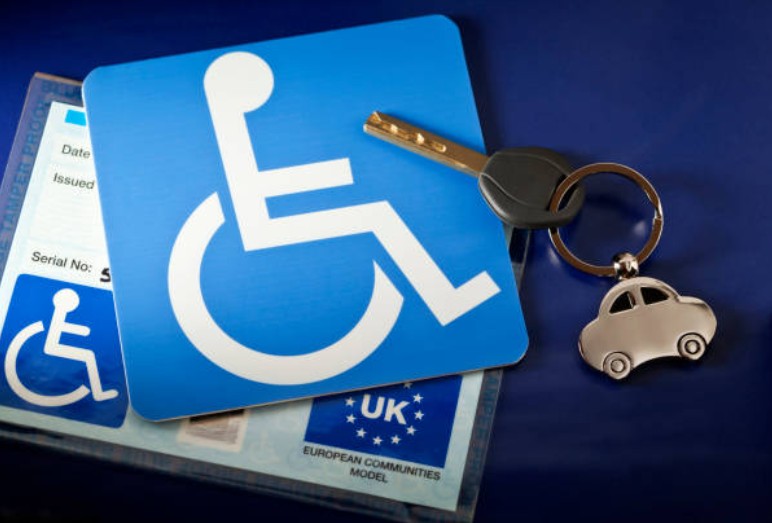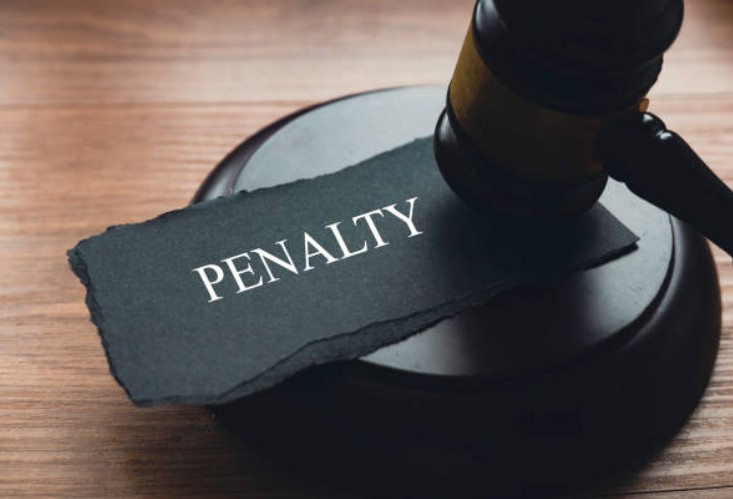The Blue Badge scheme in the UK has long been a vital support system for people with disabilities, enabling easier access to public places and services through priority parking. But like any public service, the rules and application processes are constantly evolving. In 2025, several key changes have come into effect—some of which significantly affect eligibility, application speed, and enforcement.
Whether you’re applying for the first time, renewing an existing badge, or supporting a friend or family member, this guide answers the most important questions about what are the new rules for a blue badge in 2025. It combines practical advice with real stories to help you understand what’s changed—and why it matters.
Why Have Blue Badge Rules Changed in 2025?
The Blue Badge scheme has become more inclusive over the past few years. In 2019, non-visible (or hidden) disabilities were formally recognised within the eligibility criteria. Since then, applications for badges have increased substantially across the UK.
The 2025 changes are about addressing:
- Application backlogs
- Inconsistent decision-making across local authorities
- An increase in misuse and fraud
- The need for better recognition of non-visible conditions
These new rules are designed to make the system faster, more transparent, more inclusive, and less vulnerable to abuse.
Who Now Qualifies for a Blue Badge in 2025?
Eligibility for a Blue Badge falls into two broad categories:
1. Automatic Eligibility
You qualify automatically if you meet certain criteria, such as:
- Receiving the higher rate of the mobility component of Disability Living Allowance (DLA)
- Receiving 8 points or more under the “moving around” activity of the mobility component of Personal Independence Payment (PIP)
- Being registered blind (severely sight impaired)
- Receiving a War Pensioners’ Mobility Supplement
- Receiving a lump sum benefit within tariff levels 1 to 8 of the Armed Forces Compensation Scheme and being certified as having a permanent and substantial disability
2. Discretionary (Non-Automatic) Eligibility

You may qualify under discretionary rules if you:
- Experience considerable difficulty walking, including pain or breathlessness
- Have a non-visible disability (e.g. severe anxiety, autism, PTSD) that makes journeys distressing or dangerous
- Are applying on behalf of a child under 3 with a medical condition requiring bulky equipment or immediate access to a vehicle
Real-life Example:
Charlotte, a 29-year-old in Bristol, applied for a badge under the non-visible disability rules due to severe social anxiety and panic disorder. “Without the badge,” she said, “I couldn’t even go to the post office. It’s not about convenience—it’s about being able to function.”
What are the New Rules for a blue badge?
1. Automatic DWP Benefit Checks
In previous years, applicants needed to manually submit benefit award letters. Now, local authorities can use a government system (DWP Searchlight) to verify your benefits directly.
Benefit to applicants:
- Fewer documents to upload
- Faster processing times
- Less risk of applications being delayed or rejected due to missing paperwork
2. Expanded Digital Services
Most councils in 2025 now offer:
- Online tracking of application status
- Text or email alerts for renewals
- Appointment booking for mobility assessments
3. Unified National Guidelines for Hidden Disabilities
There is now a standard framework for assessing applicants with non-visible conditions, which reduces inconsistencies between councils.
4. Faster Renewals (If Eligibility Is Unchanged)
If your condition and benefits haven’t changed, many councils now offer a “light-touch” renewal, meaning:
- Fewer questions to answer
- No need for reassessment
- Quicker turnaround time (often under 10 working days)
How Do You Apply for a Blue Badge in 2025?

Step-by-Step Guide:
- Go to: www.gov.uk/apply-blue-badge
- Choose your local council (you’ll be redirected to their specific application portal)
- Prepare:
- National Insurance Number
- Proof of identity (passport, driving licence)
- Proof of address (utility bill, bank statement)
- Medical evidence (if applying under discretionary rules)
- Recent passport-style photo
- Submit your application and await confirmation or a request for further details
Cost:
- England: up to £10
- Scotland: up to £20
- Wales: usually free, but check locally
What Should You Know About Renewal in 2025?
Blue Badges are valid for three years. It’s your responsibility to renew it—councils do not send reminders in all cases.
Renewal advice:
- Apply 12 weeks before expiry
- Keep your medical or benefit documents up to date
- If your condition has worsened, update your application with the most recent evidence
What Happens if You Miss the Renewal Date?
- Your badge becomes invalid immediately upon expiry
- Using an expired badge can lead to fines and confiscation
- Some councils offer a grace period only if your renewal application is in progress, but this is not guaranteed nationwide
What Are the Consequences of Misusing a Blue Badge?
Councils are clamping down on fraud and misuse in 2025. In some areas, dedicated enforcement teams now perform random checks in high-demand zones like city centres, shopping precincts, and hospitals.
Misuse includes:
- Using a badge when the holder is not present
- Copying or forging a badge
- Using an expired badge
- Using a deceased person’s badge
Penalties:

- Fines up to £1,000
- Criminal charges
- Confiscation of the badge and/or vehicle towing
Real Case:
In Birmingham, a driver was caught using his late grandfather’s badge to park outside a football stadium. He received a £700 fine and was banned from reapplying for five years.
Can You Use Your Blue Badge Outside the UK?
Yes, in many European countries, including:
- France
- Germany
- Spain
- Italy
However, parking rules differ by country and even city. Always carry:
- The Blue Badge
- The leaflet explaining your entitlements in multiple languages (available from your local council)
What If Your Application is Rejected?
You have the right to appeal.
How to Challenge a Rejection:
- Request a written explanation from the council
- Submit additional supporting evidence (e.g. consultant letters, hospital records)
- Attend an independent mobility assessment if offered
- Escalate to the Local Government Ombudsman if necessary
Reapplication is also allowed if your condition changes.
Final Thoughts: What Do the 2025 Blue Badge Changes Mean for You?
The 2025 updates to the Blue Badge scheme are a step toward modern, fair, and accessible support for people with mobility challenges—both visible and hidden. The process is now:
- More efficient, thanks to digital verification
- More inclusive, recognising psychological and neurological conditions
- More secure, with tighter enforcement
For applicants, this means better service and greater access. But it also means taking responsibility: applying early, following the rules, and respecting the system so it remains a lifeline for those who genuinely need it.
FAQs: Your Blue Badge Questions Answered
Can carers or family members use the badge?
Only if the person named on the badge is present in the car, either as a driver or passenger.
Can children get a Blue Badge?
Yes, especially if under 3 with medical needs, or if they have a disability affecting mobility or safety on journeys.
Do I need a new photo every time?
Yes. Councils require a recent photo for identification and enforcement purposes.
How long does it take to get a badge?
Anywhere between 2 to 12 weeks, depending on the complexity of your application and how responsive your council is.

Leave a Reply